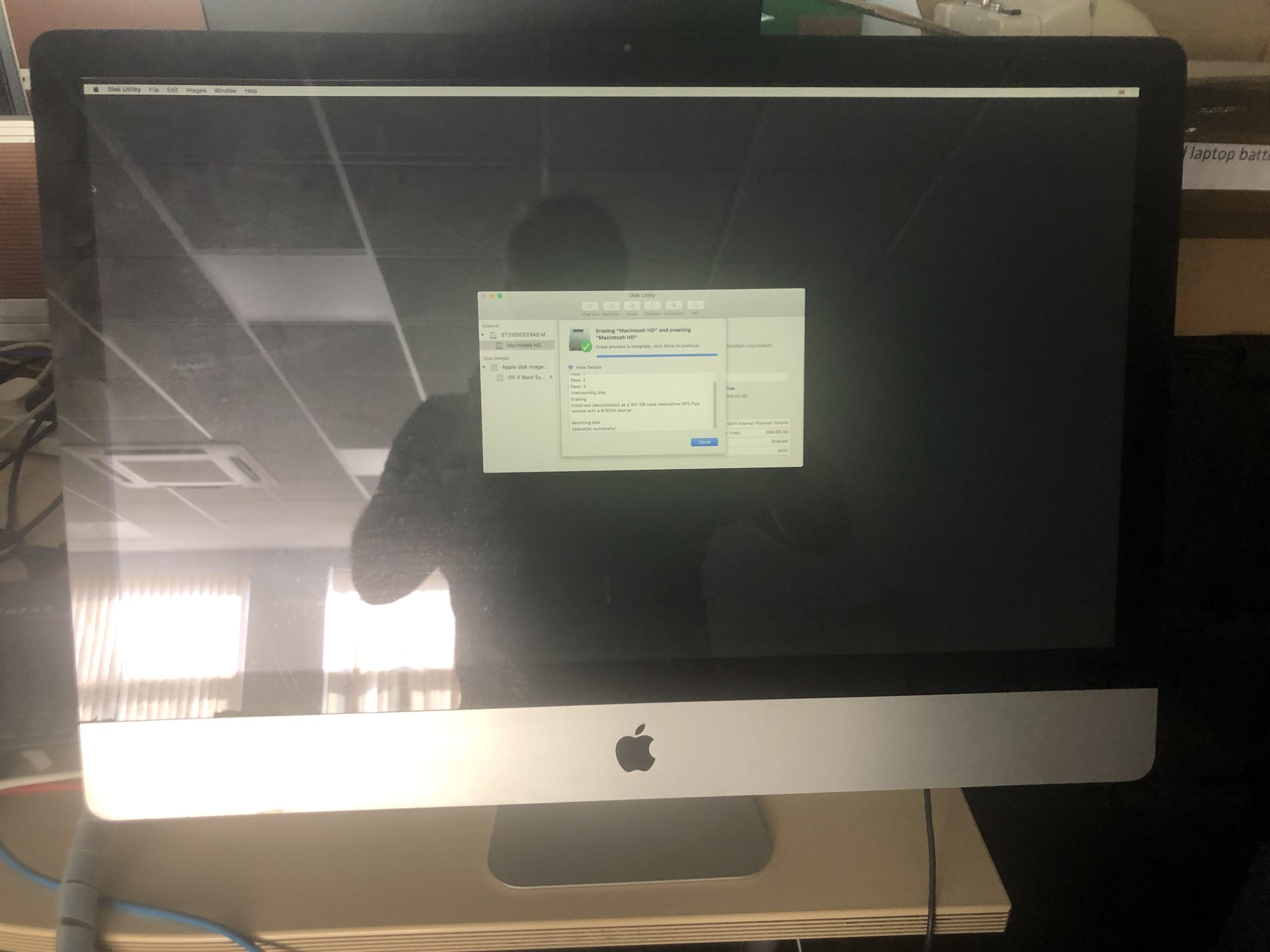Why You Should Remove McAfee from Your New Laptop Immediately
As a seasoned IT technician with over 14 years of experience in the field, I’ve encountered numerous cases where users voice concerns about their brand-new laptops being “slow” or “not functioning properly.” More often than not, these issues are due to third-party antivirus software wreaking havoc on system performance. In my experience, two of the most common culprits are McAfee and Avast. Among these, McAfee stands out as arguably the least effective option available on the market today.
The Case Against McAfee
Let’s be clear: McAfee is not just another antivirus program; it’s notorious for its resource-hogging tendencies that can significantly degrade system performance. If you’ve recently purchased a laptop, you should prioritize uninstalling McAfee. Most consumer laptops come with Windows Defender pre-installed, which offers more than sufficient protection for everyday users.
The unfortunate reality is that many laptops—particularly those from manufacturers like Lenovo, Dell, Asus, and HP—come bundled with McAfee due to paid partnerships. While you might assume you have a choice in the software you want to run, the truth is that McAfee is often pre-installed without your consent or a proper understanding of its impact on your system.
Windows Defender: A Superior Alternative
Windows Defender has evolved over the years and now provides robust protection against most online viruses and threats. Unless you’re a high-profile individual with specific security needs, the built-in Defender will meet your requirements perfectly. Don’t be misled by articles from popular tech outlets that may downplay its effectiveness; always consult with a trusted IT professional to verify information.
The Frustration of Uninstalling McAfee
As someone who regularly assists clients with tech issues, I can attest that removing McAfee can be particularly frustrating. Although the process should be straightforward, it often requires a significant effort due to how entrenched the software becomes in your system. Simply clicking “Uninstall” may not suffice. Indeed, attempting to remove McAfee often leads to a series of obstacles, including the need to download a specific uninstaller from the company itself.
Even if you manage to navigate through the uninstall process, you may face additional surprises. For example, users are often required to consent to terms of service that permit McAfee to track data usage or even install additional software without prior notice. This kind of user-unfriendly policy leads to the broader conversation about what constitutes malware—a term defined as software designed
Share this content:




Thank you for sharing this detailed post. To assist in uninstalling McAfee from your laptop effectively, I recommend the following steps:
Important Tips:
Always download uninstaller tools directly from the official McAfee website to avoid potential security risks. If you encounter issues during uninstallation, consider booting in Safe Mode to prevent conflicts.
If you need further